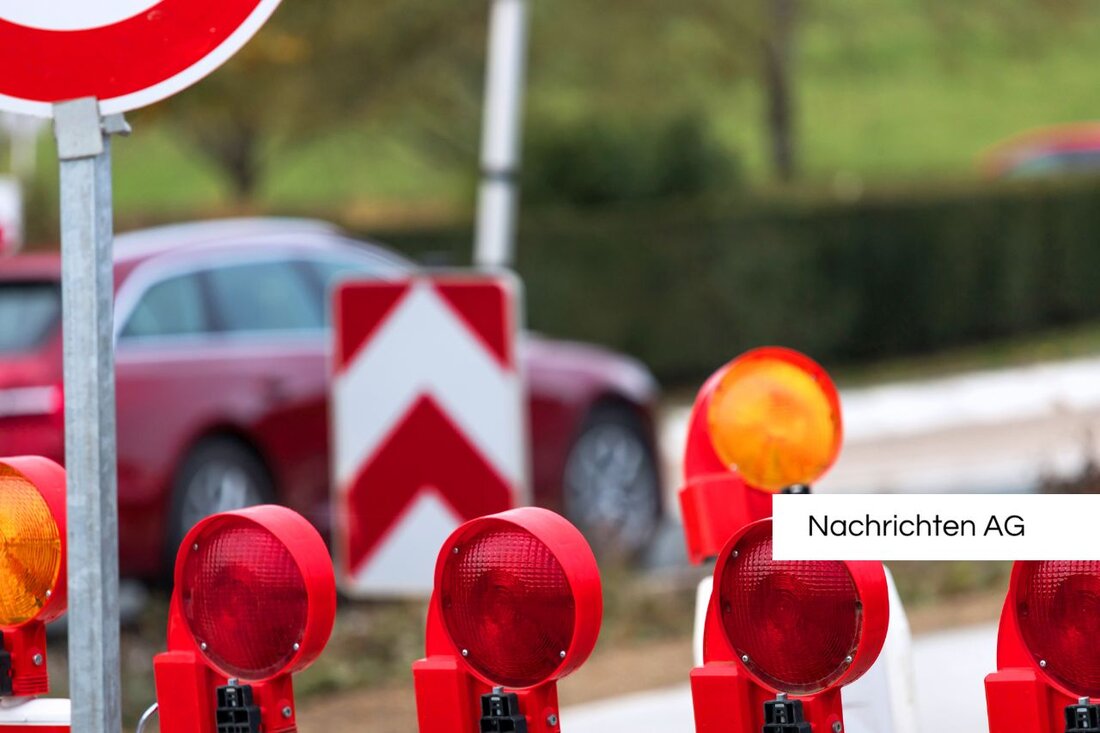Confusion about Mülheim Bridge: Google continues to show closure!
Confusion about the Mülheimer Bridge in Cologne: Despite reopening, Google Maps continues to show closures. Learn more.

Confusion about Mülheim Bridge: Google continues to show closure!
The Mülheim Bridge in Cologne continues to cause confusion - and not just among residents. The bridge has been open to traffic again since mid-July 2025, but Google Maps still shows it as closed. This means that many drivers, especially guests who are unfamiliar with the area, have to head for the Zoo Bridge to cross the Rhine. A circumstance that is also problematic for taxi and Uber drivers, as they rely on navigation systems. For a change, however, Apple Maps recommends the Mülheim Bridge as passable, which makes the situation even more complicated. [Rundschau Online].
The renovation of the Mülheim Bridge has a long and expensive history. It began back in 2018 and was originally supposed to last four years, but the duration has now been extended to eleven years, with costs increasing from 300 million euros to around 500 million euros. Express announces that the complete completion of the renovation work is not expected until 2028. For commuters and residents, this not only means inconvenience, but also additional detours of up to seven kilometers, which were necessary in the past when the Mülheim direction was closed until February 2024.
Traffic chaos and uncertainty
The ongoing problems with the Mülheim Bridge are also part of a larger issue in Cologne and North Rhine-Westphalia. In many places the roads and bridges are overloaded, and the A4, A1 and A3 are suffering massively from traffic jams. An expert expressed concern about the traffic situation and added that there are hardly any alternative options in the Cologne area. The good news is that the grand coalition has decided on a special fund worth billions to improve infrastructure - an initiative that could potentially shed light on the matter. However, according to WDR it is necessary to accelerate the planning and approval procedures.
Given these challenges, it is even more important to bring more transparency and reliability to traffic information. The traffic data collected by Google, mainly from mobile phone users, often means that traffic jams or closures are only displayed when there is enough movement data. Social media and local news are now a valuable source of information to provide guidance to drivers in the region.
The situation therefore remains tense, and drivers in Cologne have to be flexible more than ever and, if necessary, avoid peak times. A “No Entry” sign on Google Maps creates additional confusion, and the question is how long until these issues are resolved.

 Suche
Suche
 Mein Konto
Mein Konto